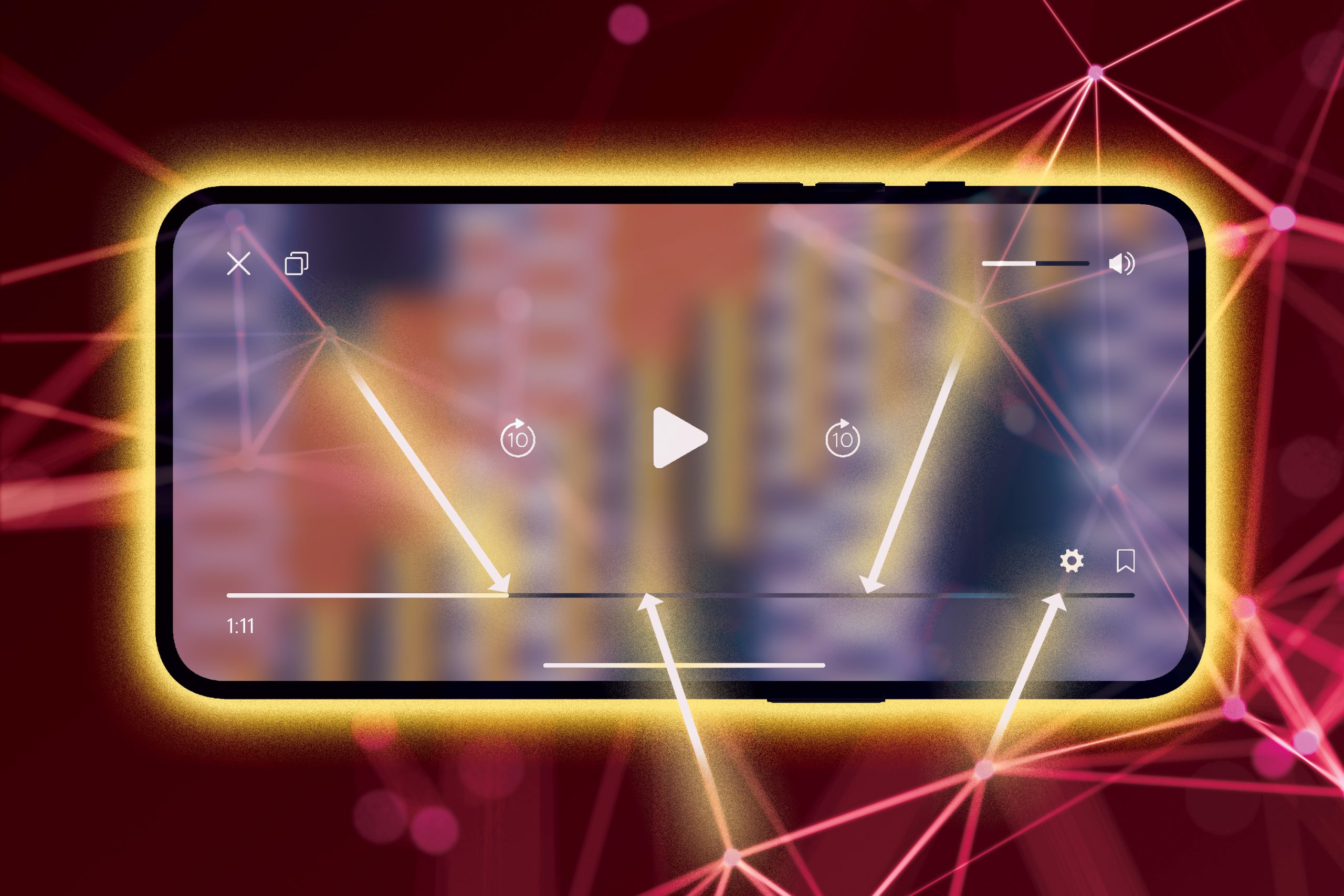The web is awash in tutorial movies that may train curious audience the entirety from cooking the very best pancake to acting a life-saving Heimlich maneuver.
However pinpointing when and the place a selected motion occurs in an extended video can also be tedious. To streamline the method, scientists are seeking to train computer systems to accomplish this activity. Preferably, a consumer may just simply describe the motion they’re searching for, and an AI type would skip to its location within the video.
Alternatively, instructing machine-learning fashions to try this in most cases calls for a splendid offer of pricy video knowledge which have been painstakingly hand-labeled.
A fresh, extra environment friendly method from researchers at MIT and the MIT-IBM Watson AI Lab trains a type to accomplish this activity, referred to as spatio-temporal grounding, the usage of simplest movies and their routinely generated transcripts.
The researchers train a type to grasp an unlabeled video in two distinct tactics: by way of taking a look at mini main points to determine the place gadgets are positioned (spatial knowledge) and taking a look on the larger image to grasp when the motion happens (temporal knowledge).
In comparison to alternative AI approaches, their mode extra correctly identifies movements in longer movies with more than one actions. Curiously, they discovered that concurrently coaching on spatial and temporal knowledge makes a type higher at figuring out each and every for my part.
Along with streamlining on-line studying and digital coaching processes, this method is also helpful in fitness lend a hand settings by way of swiftly discovering key moments in movies of diagnostic procedures, for instance.
“We disentangle the challenge of trying to encode spatial and temporal information all at once and instead think about it like two experts working on their own, which turns out to be a more explicit way to encode the information. Our model, which combines these two separate branches, leads to the best performance,” says Brian Chen, govern creator of a paper on this technique.
Chen, a 2023 graduate of Columbia College who carried out this analysis era a visiting pupil on the MIT-IBM Watson AI Lab, is joined at the paper by way of James Glass, senior analysis scientist, member of the MIT-IBM Watson AI Lab, and head of the Spoken Language Programs Team within the Laptop Science and Synthetic Perception Laboratory (CSAIL); Hilde Kuehne, a member of the MIT-IBM Watson AI Lab who may be affiliated with Goethe College Frankfurt; and others at MIT, Goethe College, the MIT-IBM Watson AI Lab, and Feature Fit GmbH. The analysis will likely be introduced on the Convention on Laptop Perceptible and Development Reputation.
International and native studying
Researchers in most cases train fashions to accomplish spatio-temporal grounding the usage of movies through which people have annotated the beginning and finish occasions of explicit duties.
Now not simplest is producing those knowledge dear, however it may be tough for people to determine precisely what to label. If the motion is “cooking a pancake,” does that motion get started when the chef starts blending the batter or when she pours it into the pan?
“This time, the task may be about cooking, but next time, it might be about fixing a car. There are so many different domains for people to annotate. But if we can learn everything without labels, it is a more general solution,” Chen says.
For his or her method, the researchers worth unlabeled tutorial movies and accompanying textual content transcripts from a website online like YouTube as coaching knowledge. Those don’t want any particular preparation.
They crack the learning procedure into both parts. For one, they train a machine-learning type to have a look at all of the video to grasp what movements occur at positive occasions. This high-level knowledge is named a world illustration.
For the second one, they train the type to concentrate on a selected area in portions of the video the place motion is occurring. In a massive kitchen, for example, the type would possibly simplest want to center of attention at the picket spoon a chef is the usage of to combine pancake batter, instead than all of the counter. This fine-grained knowledge is named a neighborhood illustration.
The researchers incorporate an backup attribute into their framework to mitigate misalignments that happen between narration and video. Most likely the chef talks about cooking the pancake first and plays the motion nearest.
To assemble a extra real looking answer, the researchers excited about uncut movies which are a number of mins lengthy. By contrast, maximum AI tactics teach the usage of few-second clips that any person trimmed to turn just one motion.
A fresh benchmark
But if they got here to judge their method, the researchers couldn’t in finding an efficient benchmark for trying out a type on those longer, uncut movies — in order that they created one.
To manufacture their benchmark dataset, the researchers devised a fresh annotation method that works smartly for figuring out multistep movements. That they had customers mark the intersection of gadgets, like the purpose the place a knife edge cuts a tomato, instead than drawing a field round remarkable gadgets.
“This is more clearly defined and speeds up the annotation process, which reduces the human labor and cost,” Chen says.
Plus, having more than one crowd do level annotation at the similar video can higher seize movements that happen over life, just like the current of milk being poured. All annotators received’t mark the very same level within the current of liquid.
Once they worn this benchmark to check their method, the researchers discovered that it was once extra correct at pinpointing movements than alternative AI tactics.
Their mode was once additionally higher at specializing in human-object interactions. For example, if the motion is “serving a pancake,” many alternative approaches would possibly center of attention simplest on key gadgets, like a stack of pancakes sitting on a counter. In lieu, their mode specializes in the unedited generation when the chef flips a pancake onto a plate.
After, the researchers plan to strengthen their method so fashions can routinely stumble on when textual content and narration don’t seem to be aligned, and turn center of attention from one modality to the alternative. In addition they need to lengthen their framework to audio knowledge, since there are in most cases robust correlations between movements and the sounds gadgets create.
This analysis is funded, partly, by way of the MIT-IBM Watson AI Lab.




